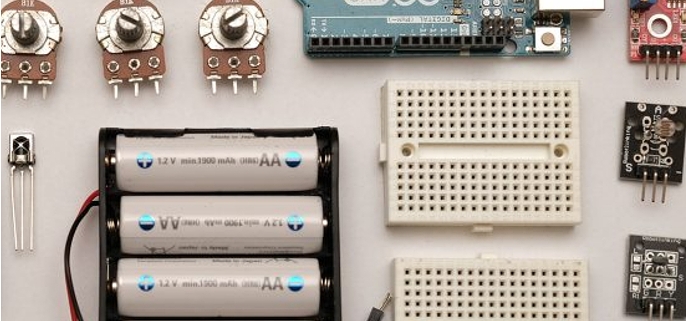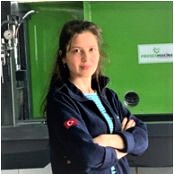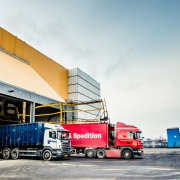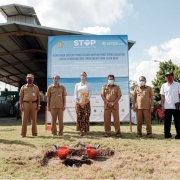E-Waste and Its Sources
Depending on the global consumer demand, the production of electrical and electronic vehicles increases with the rapidly developing technology in the world, and their usage periods are shortened.
Large household appliances, small household appliances, information and telecommunication equipment, lighting equipment, electrical and electronic equipment, toys, sports equipment, medical devices and are included in these categories.
The Global E-Waste
Globally, the world generates 50 million tons of e-waste annually. This value is equivalent to 6,000 Eiffel Towers and grows at around 5% each year. In 2016, Asia produced the largest amount of e-waste with 18.2 million tons, while America produced 11.3 million tons, Africa 2.2 million tons and Oceania 0.7 million tons.
According to the BBC future, Europe is the world’s second-highest producer of e-waste, disposing 12.3 million tons of electronic equipment and batteries annually. These wastes contain approximately 300,000 tons of copper and 30 tons of gold. As research has been done, old equipment contains more of these metals than new devices, so if we were to recycle all of these, it would be more than enough to produce 14.3 million tons of new electronic equipment and batteries that Europeans buy annually. By recoverying these materials hidden in our old devices, it is possible to recycle and reuse new devices without the need to a mine.
Urban Mining
Urban mining has become a trend today in terms of high-value materials per tonne compared to traditional metal ore mines. Since urban societies constantly create waste, 75% of the world’s waste is generated from industrialized urban areas. These wastes contain more minerals and metals compared to primary sources. For instance, it has been found that sewage sludge contains more gold and copper than many operated mines.
According to the Norwegian research institute, urban mining requires 17 times less energy to extract these metals than to obtain primary resource materials. The cost of removing large quantities of gold and copper from waste television in China has been found to be lower than the cost of removing the metal from the mining ground.
The main obstacle to the full spread of urban mining and a sustainable economy are includes some important social and health problems, as well as technical difficulties. One of these technical problems are that metals cannot be recycled indefinitely. Because losses are impossible. But Proses Makina Company is provide machine and cchemical solutions for precious&rare metals recycling&refining system for e-waste and kind of scrap area.
Another problem is the problem of access to ore in urban mining. It is not stocked on a certain area like a mine, it is hidden in our house and widely area that is difficult to access. Since consumers are not conscious of collecting and delivering their old electronic devices, the overcoming of these difficulties will be solved by educating the population on this issue.
With the recycling of electronic waste, which is one of the environmentally friendly actions, we can start to solve this global problem at home and prevent environmental problems with the logic of reducing and reusing.
Source/Photo: Proses Makina Company (27.10.2020)












